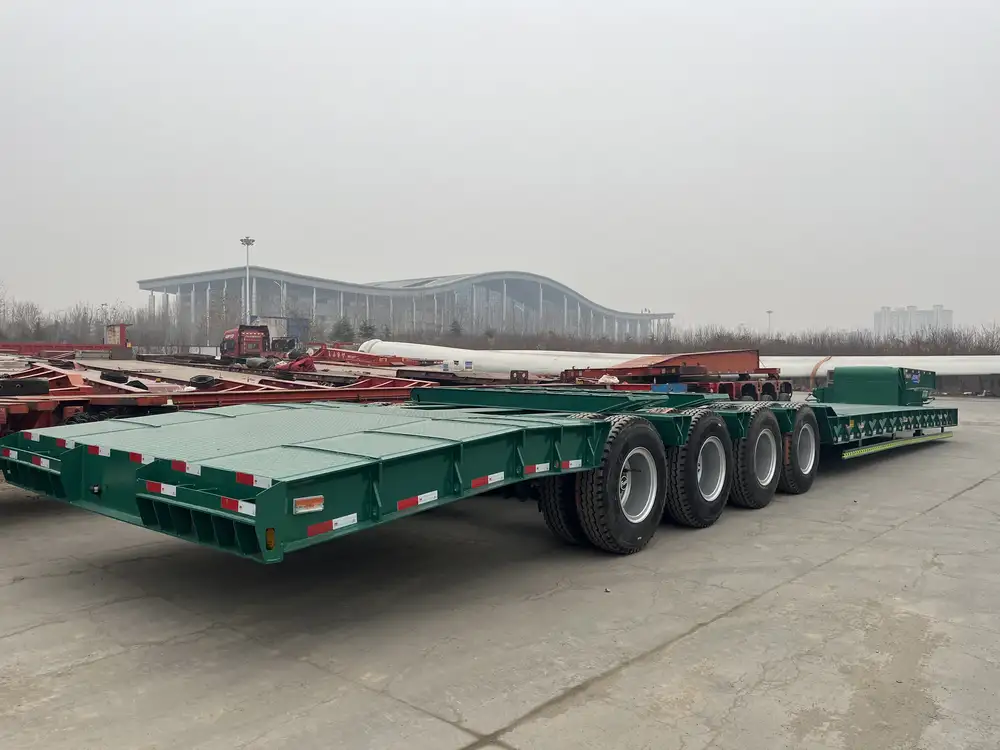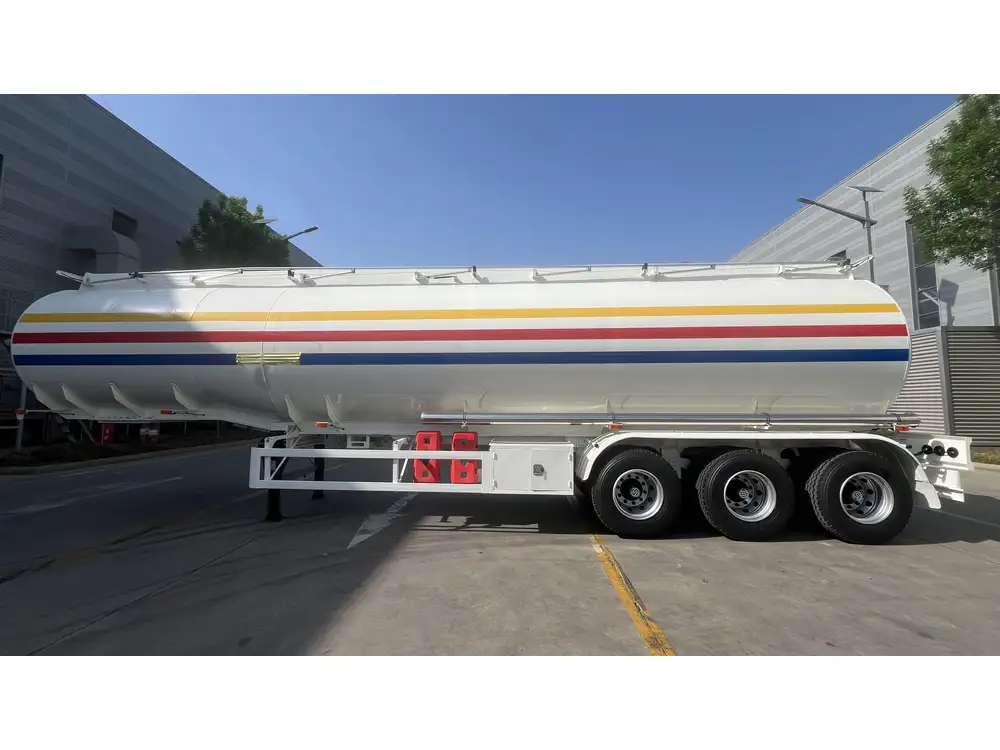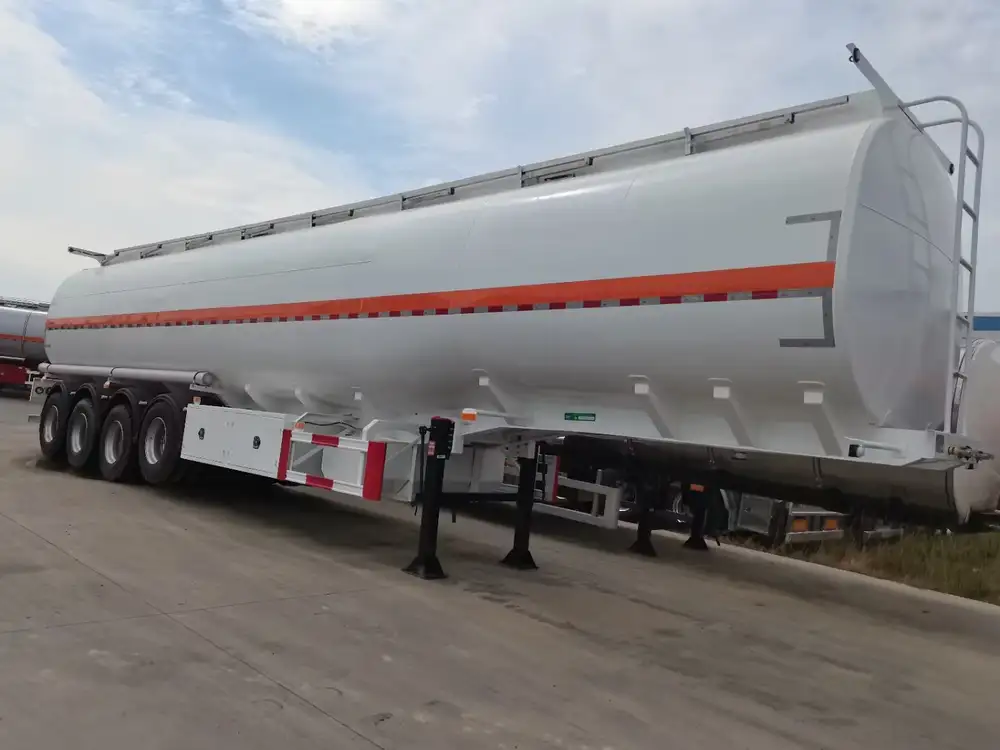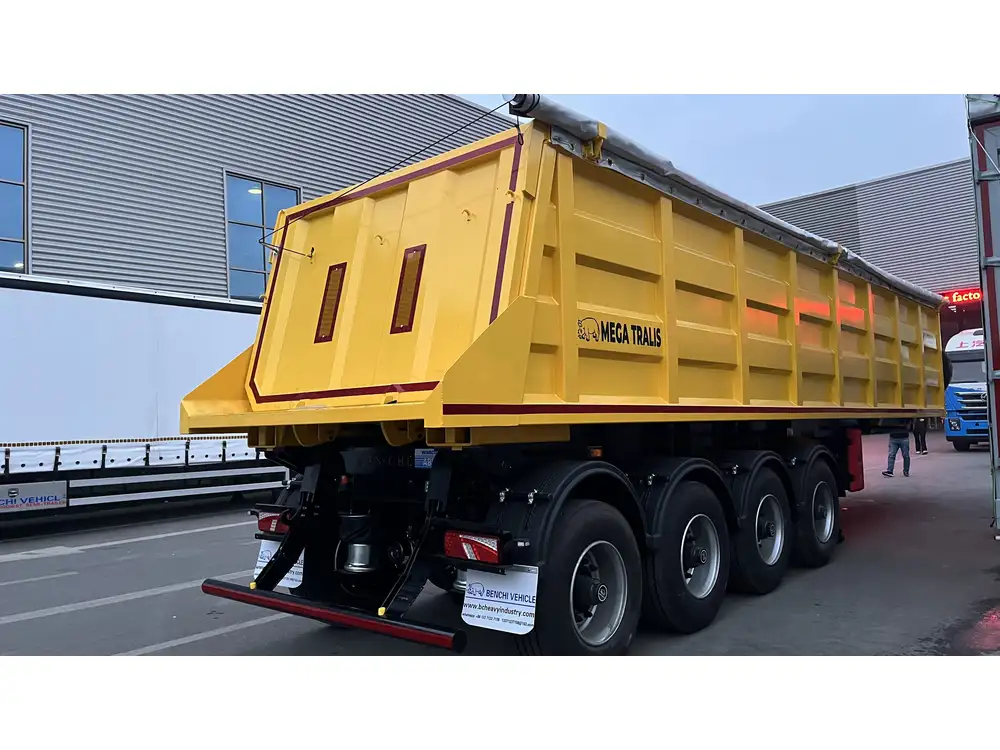Connecting a propane tank to your trailer is a crucial step for ensuring that your appliances function properly while on the road or during camping adventures. Understanding the mechanics, safety precautions, and installation techniques is vital for both novices and seasoned travelers. This guide offers an in-depth, step-by-step approach tailored for those looking to safely and effectively connect a propane tank to a trailer.
Understanding the Basics of Propane Connections
Before digging into the connection process, it’s imperative to familiarize ourselves with vital components and safety aspects associated with propane systems.
Components of a Propane System
- Propane Tank: The source of fuel, it comes in various sizes. Common sizes include 20 lb, 30 lb, and 40 lb tanks.
- Regulator: This device controls the flow of propane from the tank to the appliances. It reduces the pressure to a usable level.
- Hoses and Connectors: Hoses transport propane from the tank to your trailer’s system. Each needs to be compatible and in good condition.
- Shut-off Valve: An essential safety feature that allows you to stop the flow of propane when not in use.

Safety Precautions
- Check for Leaks: Prior to installation, ensure the tank and connections are leak-free. Utilize soapy water to detect bubbles indicating leaks.
- Ventilation: Always connect propane in a well-ventilated area to avoid inhaling any gas that may escape.
- Protective Gear: Wear safety glasses and gloves to safeguard against any gas exposure or accidents.
Step-by-Step Guide to Connecting a Propane Tank to a Trailer
Step 1: Gather Necessary Tools and Equipment
Before beginning, assemble the following items:
- Propane tank
- Propane regulator
- Hose assembly
- Adjustable wrench
- Soapy water solution
- Teflon tape (for creating a secure seal)

Step 2: Position the Propane Tank
Place the propane tank in its designated compartment on the trailer. Ensure it is upright and secured in place to prevent movement during transit.
Positioning Tips:
- Avoid placing the tank in enclosed spaces without ventilation.
- Ensure the tank is protected from elements that could cause damage.
Step 3: Install the Regulator
- Select the Right Regulator: Choose one that matches your tank’s capacity.
- Attach the Regulator:
- Remove the protective cap from the tank outlet.
- Apply Teflon tape around the threads of the regulator for a secure seal.
- Screw the regulator onto the tank outlet and tighten it using an adjustable wrench. Be careful not to overtighten, as this could damage the threads.
Step 4: Connect the Hose Assembly
- Select Appropriate Hose: Ensure the hose is rated for propane use.
- Attach the Hose to the Regulator:
- Connect one end of the hose to the outlet side of the regulator.
- Secure it with a hose clamp, ensuring it is tight enough to prevent leaks but not so tight that it causes damage.
- Connect the Other End to the Trailer:
- Attach the opposite end of the hose to the designated propane connection on the trailer.
- Use a hose clamp to secure it in place.

Step 5: Check All Connections
Once all connections have been made, it’s time to ensure everything is secure:
- Go back and double-check the tightness of all fittings.
- Apply the soapy water around each connection. Look for bubbles which indicate leaks; if found, tighten the fitting further or redo the process.
Step 6: Open the Propane Tank Valve
- Slowly turn the valve on the propane tank to open it. Avoid turning it too quickly as this may cause a pressure shock.
- Listen for gas releasing; this is normal but if you smell propane, shut off the valve immediately and check for leaks.
Step 7: Test Your Appliances
Once everything is connected and deemed safe:
- Turn on your trailer’s propane appliances (such as the stove, heater, or refrigerator) one at a time.
- Ensure that each ignites properly and shows no signs of leaks.

Troubleshooting Common Issues
Gas Flow Issues
- Symptoms: Appliances won’t ignite or provide consistent heat.
- Solutions:
- Check for kinked hoses.
- Ensure the regulator is functioning properly.
- Verify that the propane tank is not empty.
Regular Maintenance Tips
- Inspect Hoses: Check for any signs of wear, cracks, or leaks regularly.
- Regulator Functionality: Ensure the regulator can maintain the correct pressure. Replace if performance issues are noted.
- Annual Check-ups: Consider getting a professional inspection of your propane system to ensure safety and efficiency.

Frequently Asked Questions (FAQs)
How do I choose the right propane tank for my trailer?
When choosing a propane tank, consider the appliances you will be using and their fuel consumption rates. A 20 lb tank is suitable for smaller setups, whereas larger systems may require a 30 lb or 40 lb tank.
Can I use my propane appliances without a regulator?
No, using propane appliances without a regulator can be extremely dangerous. The regulator ensures that the pressure of the gas is reduced to a safe and usable level.

How can I tell if my propane tank is full?
Most propane tanks come with a gauge attached to help you monitor the level of propane. Alternatively, you can weigh the tank; a 20 lb tank typically weighs around 37 lbs when full and 18 lbs when empty.
What should I do if I smell propane?
If you smell propane at any time:
- Turn off the tank’s valve immediately.
- Evacuate the area and let the gas dissipate.
- Contact a professional before returning.
Conclusion
Connecting a propane tank to your trailer is a task that requires careful attention to detail and adherence to safety practices. This guide has provided a comprehensive step-by-step approach to ensure you do it correctly and safely. Remember, regular maintenance and inspection of your propane system are key in ensuring a safe, efficient, and enjoyable experience while on the road or camping. By following these guidelines, you can have peace of mind while harnessing the power of propane to fuel your adventures.



